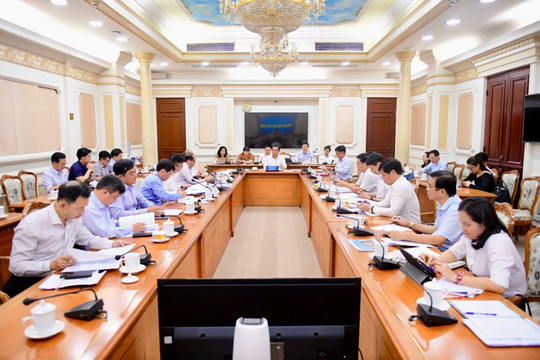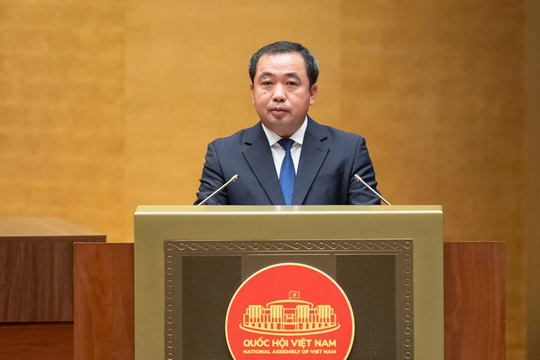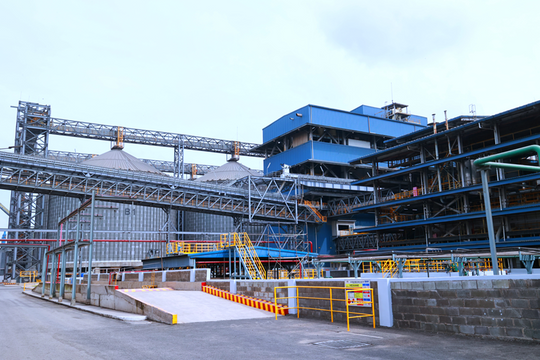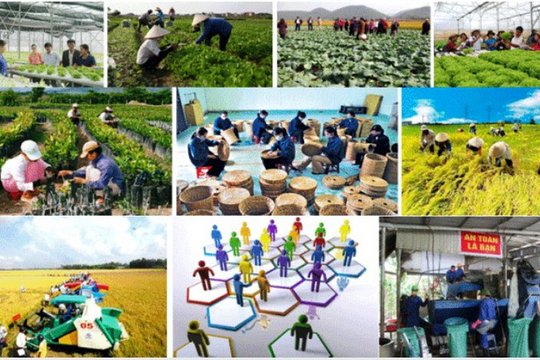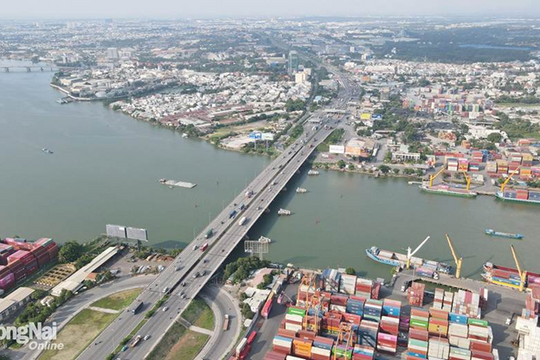The Crucial Role of Human Resources in the Fourth Industrial Revolution
In developed countries, investment in education and workforce training has created a clear competitive advantage. South Korea, Japan, and Singapore are prime examples of how nations have built high-quality labor forces to lead in cutting-edge industries. Singapore’s flexible education policies, with a strong focus on technology, have produced a globally competitive workforce.
.jpg)
.jpg)
In Vietnam, a young, dynamic, and abundant workforce is a major advantage. However, the quality of human resources remains a challenge. According to a World Bank report, only 10% of Vietnam’s workforce has high technical qualifications, compared to over 30% in developed countries.
Human Resource Development Strategy Under Resolution 57
Resolution 57 emphasizes that high-quality workforce development is the key to successful digital transformation and innovation.
First, education and vocational training reforms are crucial to meet the demands of the digital economy. Universities and vocational schools must update curricula to integrate technology and digital skills. Additionally, stronger collaboration between educational institutions and businesses should be encouraged to ensure workforce readiness.
Second, attracting global talent and Vietnamese professionals abroad is a top priority. Policies such as financial incentives, streamlined nationality procedures, and improved working conditions have been introduced to bring top experts back to Vietnam.

Third, nationwide digital skill development is an urgent task. Training programs for workers in traditional sectors such as agriculture, manufacturing, and services can help bridge the digital divide across regions.
Challenges and Solutions in Human Resource Development
Developing high-quality human resources in Vietnam is not an easy task, especially with existing obstacles.
The education system remains theory-heavy, lacks practical training, and is not aligned with labor market demands. Many graduates struggle to meet job requirements. Education reforms should focus on practical training, deeper business involvement, and the establishment of modern vocational training centers.
Uneven distribution of training resources between urban and rural areas limits opportunities for many individuals. Rural, mountainous, and remote areas often lack educational infrastructure and technology access. The government should invest more in education in disadvantaged regions and expand online learning opportunities.
Attracting international talent remains challenging due to global competition. Current policies must become more flexible, including better compensation packages, attractive working conditions, and simplified administrative procedures for foreign experts.
Human Capital as the Cornerstone of Vietnam’s Future
.jpg)
.jpg)
However, achieving this goal requires collaboration among the government, businesses, and society. Only by removing barriers and implementing effective training policies can Vietnam fully harness its young workforce and realize its vision of becoming a developed nation by 2045.


.jpg)
.jpg)



.jpg)

.jpg)

.png)
.png)



.png)




